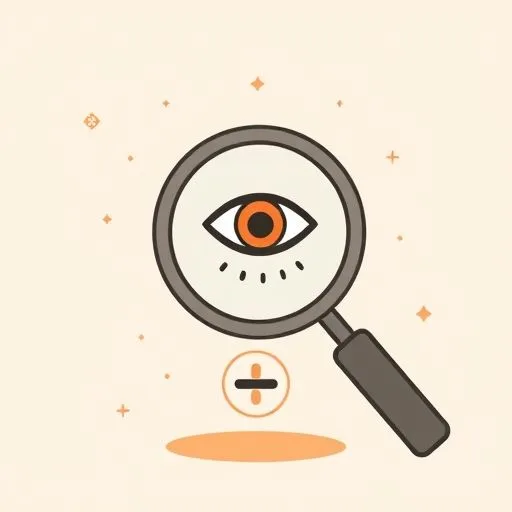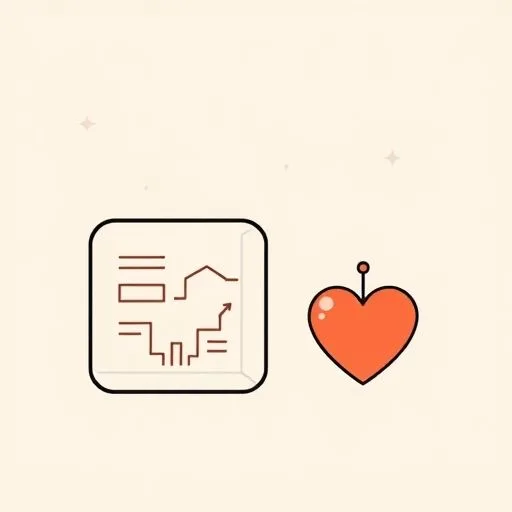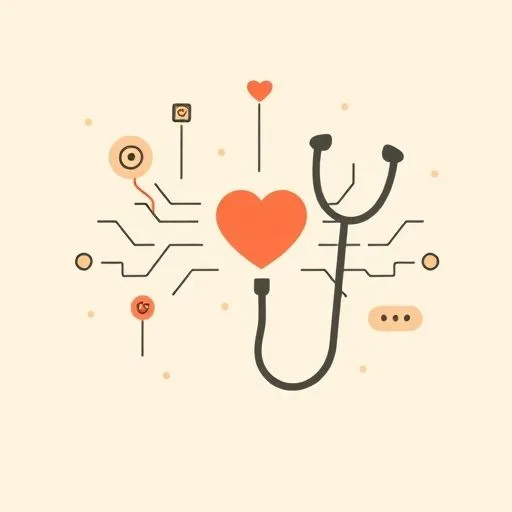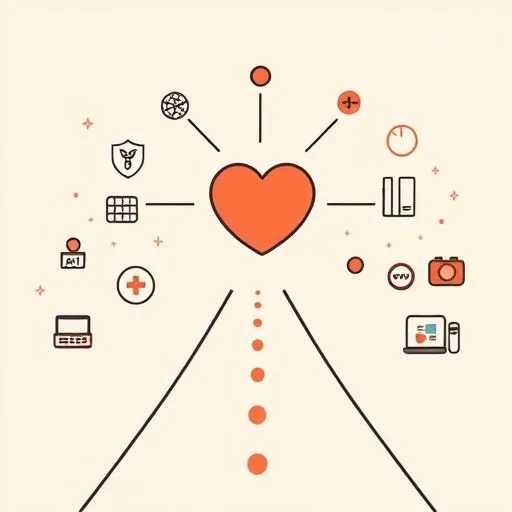
Ever had one of those quiet mornings where your mind wanders to the future? Mine often drifts to something deeper—our family’s health. I was watching the news the other day, and they were talking about AI helping analyze medical images. It made me think about those times when someone we care about has to go to the doctor, and how tough that can be. We’ve all been there—staring at long, complex reports after an online consultation, or looking at an MRI or X-ray where the doctor says, ‘Nothing obvious, but let’s do more tests.’ There’s always that little flicker of worry, wondering if something might be missed.
An Extra Pair of Eyes: AI’s Role in Early Detection

Not long ago, a family member had a check-up, and they found a tiny nodule. Something so small, a human eye might have easily missed it. But the AI, even on simple scans, picked up that subtle change. The doctor even mentioned, ‘Honestly, looking at just a small segment, we might have overlooked this. The AI really did its job.’ It’s like having an extra pair of eyes—how could that not ease your mind? When we hear stories like this, it feels like there’s a higher chance of catching things early, when they’re much easier to treat.
Imagine our own kids, or anyone we love, going for their routine check-ups. If AI can help confirm that everything looks good, or even flag the tiniest anomaly, it could mean catching potential issues long before they become big problems. That quiet strength AI offers, in spotting those minute details, it really makes you feel a little less anxious—how could that not ease your mind? It shifts that heavy feeling of ‘what if’ to a reassuring ‘we’re watching, and we’re being thorough.’
The Power of Transparency: How AI Builds Our Trust

It’s tough to trust a machine with our health, I’ve heard that worry so many times. We want to know why it’s telling us something, right? If a machine just spits out a result without explaining itself, it’s natural to feel a bit uneasy. We think, ‘What if it misses something important? Or worse, what if it finds something and we don’t understand the results?’ That’s where transparent AI in medical care comes in. It’s truly changing things.
These days, AI is being developed to show us exactly what data it used to reach a certain conclusion. For example, there are AI apps that help manage chronic conditions. They can show you, visually, how your blood sugar levels are trending, or what patterns might indicate a risk factor. When doctors can use these clear, visual explanations to talk us through ‘why we need another test,’ or ‘what this means for our health,’ it makes all the difference. Suddenly, that heavy fog of confusion starts to lift. We’re no longer guessing—we’re seeing exactly what the AI saw, right along with our doctor. When the technology itself is open about its process, it really helps in building trust in AI healthcare, making us feel more connected and less alone in understanding our health journey.
Human Touch, Amplified: Personalizing Doctor Interactions

I worry about the personal connection with our doctors getting lost in all this AI stuff. It’s like, Will they still see us as real people with real fears and hopes? That’s a common concern, and it’s a valid one. But what if AI’s most important role isn’t to replace doctors, but to streamline their work so they can spend more quality time with us, the patients?
I remember watching my dad pore over his own scans, pencil in hand, trying to spot any clues the doctor might have missed. If only AI had been around then—he wouldn’t have had to carry that weight alone. But if AI can highlight the crucial areas first, the doctor can then focus their expertise and attention on those specific points. This frees them up to engage in more meaningful conversations, to really listen to our stories, and to offer that human touch that’s so vital. This isn’t just about making things faster; it’s about making healthcare more AI that works *with* people, not just for them. It allows for more personalized AI doctor interactions, where the technology supports the human connection, rather than detracting from it. It’s a collaboration, where the sharp analysis of AI meets the comforting wisdom and empathy of a doctor’s touch.
Navigating the Future Together: A Shared Journey of Care

So, as we look at AI in healthcare, it’s both exciting and a little scary. Exciting because of the possibilities for early detection and greater efficiency, but scary because we don’t want to lose that invaluable human element. We’ve seen how AI can be an incredible tool, helping doctors spot tiny issues and giving us clearer answers. What’s clear is that when AI supports doctors, not replaces them, it gives us more time for what truly matters—caring for each other.
Ultimately, what we’re hoping for is a future where technology enhances care without diminishing the human spirit of it. Where doctors are empowered to be even better listeners, even more insightful guides, because AI handles some of the heavy lifting. It’s about finding that balance, where innovation serves our deepest need for comfort, understanding, and genuine human connection. This journey into the future of healthcare is one we’re on together, as parents, as families, always seeking what’s best for those we love.
And with careful thought, and a focus on that human touch, AI can truly be a partner in building a healthier, more reassuring future for us all.
Source: AI in Medical Imaging Market Size to Reach USD 21,780 Mn by 2034 Supported by MRI Advancements and Explainable AI Growth, Globe Newswire, 2025-09-16
